In the early days you may not have occasion to take the guitar out of the house too often. Opting to stay holed up in “practice mode” before unleashing your guitar prowess on the world.
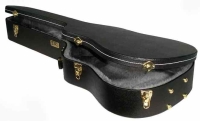
But there will come a time when you will want to venture out the door with your guitar and, when that time comes, you will want to be prepared to help your guitar face the elements.
Most guitars are composed of various woods and metals, materials that can be sensitive to changes in climate. A difference in humidity or temperature, even a slight one, can have an impact on your guitar.
Guitar necks have a tendency to twist in reaction to heat or cold, strings go sharp upon entering an air conditioned room, and on a high humidity day playing outdoors, you can feel the fretboard soaking up the moisture.
What can you do to protect your investment?
First of all, of course, you want to make sure you have a sturdy hard shell guitar case or a heavily padded gig bag that fits your guitar securely. This may sound like stating the obvious but back when I owned a music store it would never cease to amaze me the number of people I would see hauling a “naked” guitar around in their back seat or trunk. This is just asking for trouble, so even if a case or gig bag is not in the budget right now, at least try to wrap it in a heavy blanket or, if you have saved it, the box the guitar came in when you purchased it.
Guitar cases come in all shapes and sizes and the merits of the different varieties are the subject of another discussion, but if your guitar is traveling with you on a regular basis a good hard shell case is your best bet. The operative word here is “good”.

Gearlux Dreadnought Acoustic Guitar Hardshell Case with Accessory Compartment – Black
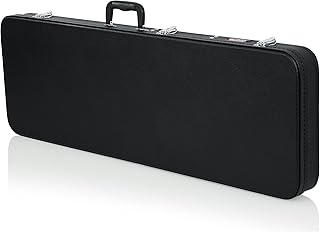
Gator Cases Hard-Shell Wood Case for Standard Electric Guitars, Fits Fender Strat/Tele Style
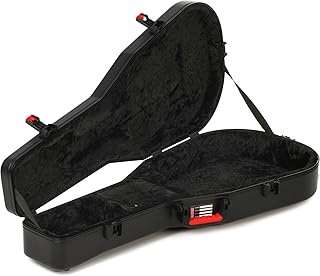
Gator Cases Molded Flight Case For Acoustic Dreadnought Guitars With TSA Approved Locking Latches
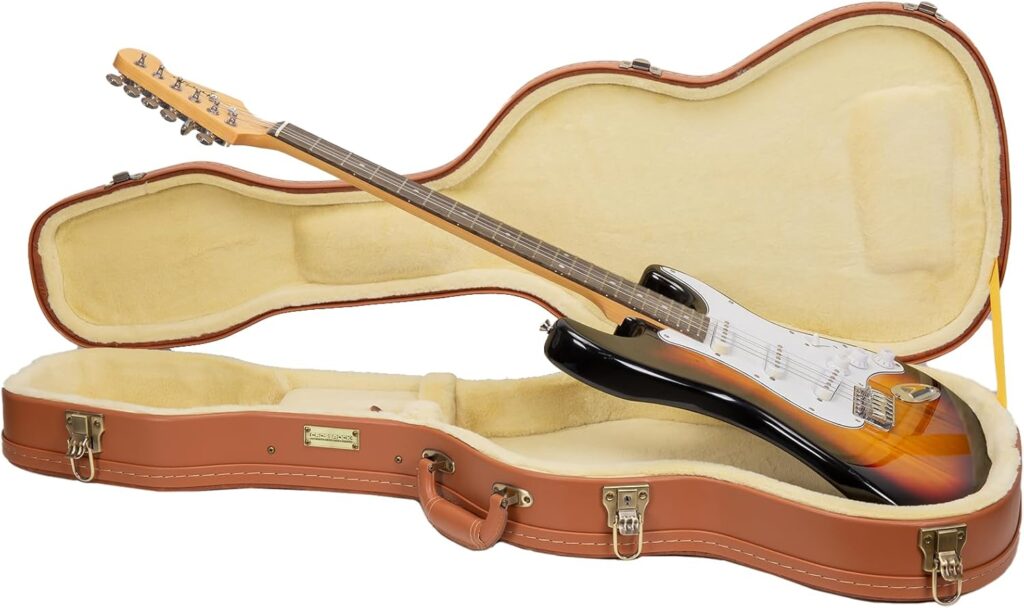
Crossrock Relief Series Electric Guitar Case for Telecaster & Stratocaster Style | Carved Red Wood Finish, Ivory Plush Interior, Lock – Premium Wooden Hardshell
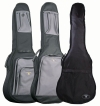
I once flew into Chicago with my late ‘60’s Les Paul which I transported in the original beat up case. The case had a lot of wear and tear and a couple of the latches were not working properly so I used to take an old belt and strap it around the case as a safety measure. When I got into O’Hare and got on the long escalator down to the baggage claim area, I never will forget the shock of looking down at the turnstile as my guitar came around the conveyor belt. Even from that distance I could see that the belt had slipped off and the case lid had popped open. Visions of broken necks, snapped tuning pegs and cracked head stocks immediately raced through my mind. The escalator was packed and there was no way to get down there any faster so by the time I finally did reach the bottom I had also reached a state of panic.
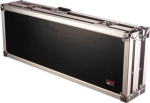
Fortunately the story had a happy ending and nothing was broken but it could have just as easily ended in disaster. I have never forgotten that incident and what an idiot I felt like afterwards for being so careless.
Ever since then I never flew again without first putting my guitar in a solid hard shell case, and then putting that case in an anvil flight case. When I flew to London a couple of years ago for some gigs in Wales I took my beloved PRS Triple Soap Bar securely locked in a case and then in a flight case so, when I reached the baggage claim in Gatwick, it was good as new and when I took the guitar out it was still in tune! Never trust the luggage jockeys to abide by the “Fragile” sticker they put on when checking your guitar in. You should, in fact, fully expect them to take it as an invitation to take your axe on a little “cargo surfing”.
Gator G-TOUR Guitar Case – Standard Double-Cutaway Electric Guitar
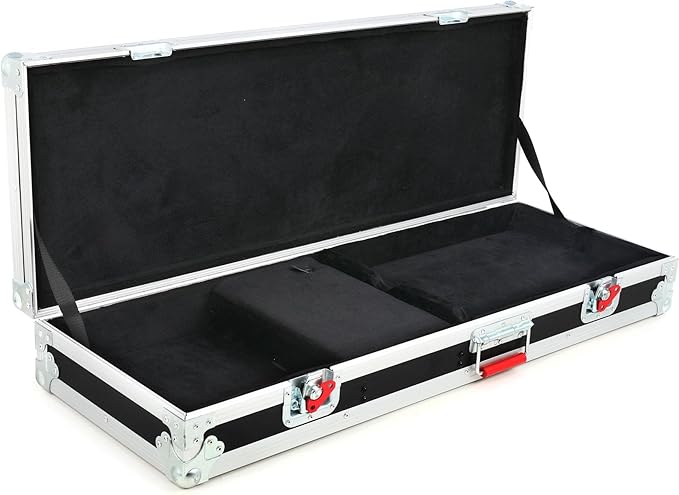

When considering your best options for transporting a guitar it is best to assess what your particular situation is. If you are just going back and forth to guitar lessons at your local music store and you don’t leave the guitar in the car for long periods in extreme weather then you should be fine. Likewise if you are simply going over to a buddy’s house to jam a little.
If you are playing with a local band and gigging a lot you will need to exercise more caution, especially if the guitars are getting thrown into a trailer with the rest of the equipment. I personally will never let my guitar ride in the trailer, even if I have to make the drummer ride back there to free up room in the van for my guitar! (just kidding, bad drummer joke!)
Then again, if you are a road musician you probably already have your guitar snuggled down pretty tightly between gigs but I have found that a flight case works just as well for putting a guitar in the cargo hold of a tour bus as it does an airplane. It just helps for a little peace of mind when all the equipment is shifting while banging over potholes.
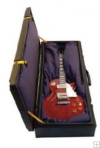
Regardless of where you will be transporting a guitar there is one good habit you can get into. When taking the guitar from a hot summer day into a cold air conditioned building – or visa versa – always try to let the guitar sit with the case lid cracked open (or zipper unzipped) for a few minutes before taking it out of the case. This gives the guitar a chance to slowly get acclimated to the new climate. It is always good to be mindful of the effect that going from one extreme temperature or climate to another is going to have on your guitar. In addition, never ever leave your guitar in the trunk. It can do terrible things to your neck and can ruin or crack the finish on your guitar.
At the end of the day transporting a guitar is nowhere close to rocket science. But it is important to always remain aware of what kind of environment you are taking your guitar from, and to; as well as where it will be riding during the trip. A well built guitar is a pretty resilient creature and with a little extra effort, and the right case or gig bag, you can rest assured that the investment you made in that treasured axe will pay you back with dividends for years to come.
Please do not hesitate to contact us with any questions!
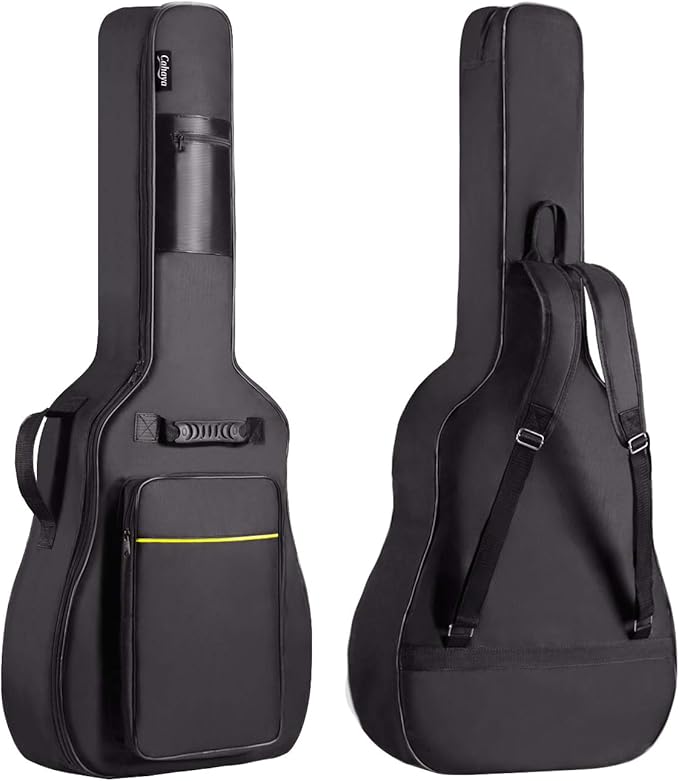
CAHAYA 41 In Acoustic Guitar Bag 0.35 In Thick Padding Water Resistent Dual Adjustable Shoulder Strap Guitar Case Gig Bag with Back Hanger Loop, Black
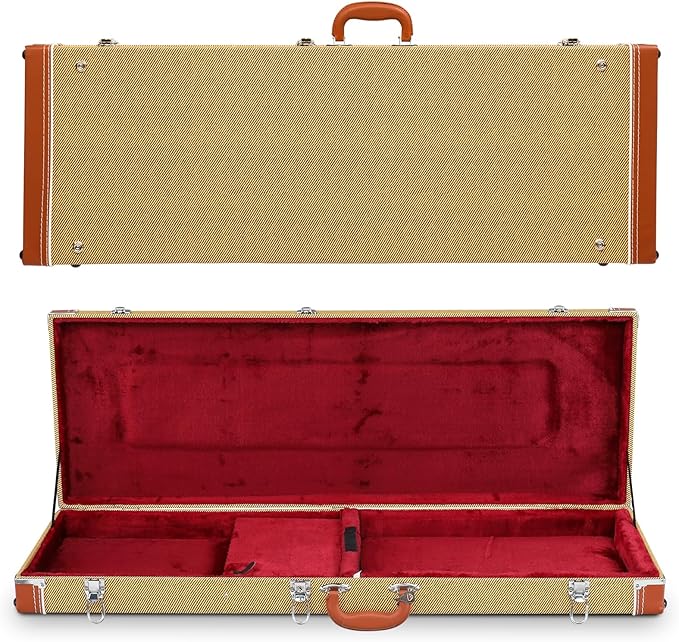
Ktaxon Electric Guitar Hard Case, Rectangle Wooden Standard 39-Inch Electric Guitars Hard-Shell Protective Carrying Case for KST/KTL/170 Model with Lock Latch Padding

CAHAYA Acoustic Guitar Bag with Neck Cradle Bohemian Vintage Guitar Case 0.65in Thick Sponge Padded Guitar Case for 40 41 42 In Acoustic Classical Guitars
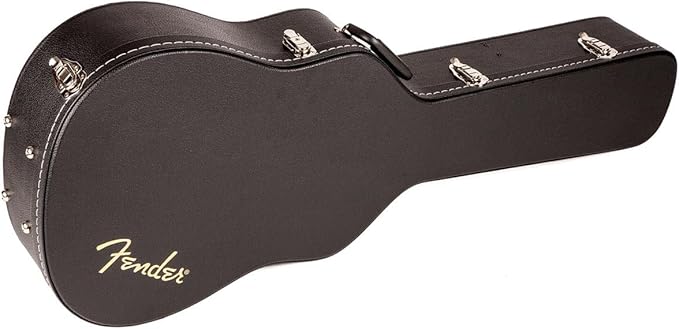
Fender Flat-Top Dreadnought Acoustic Guitar Case, with 1-inch Foam Padding, Guitar Accessories, Black



